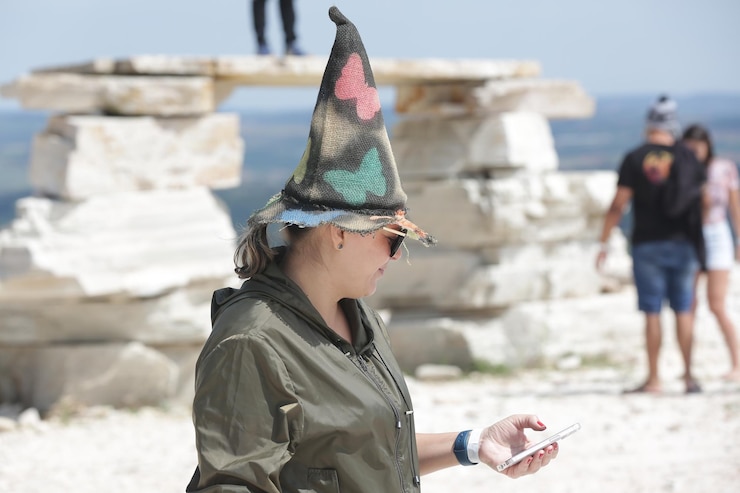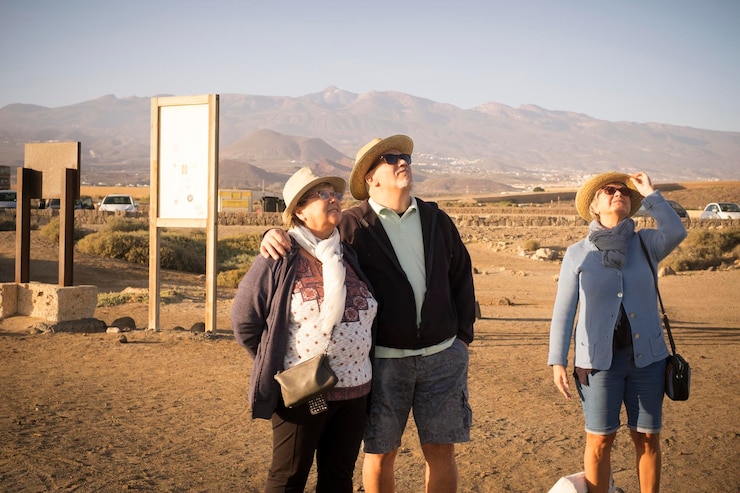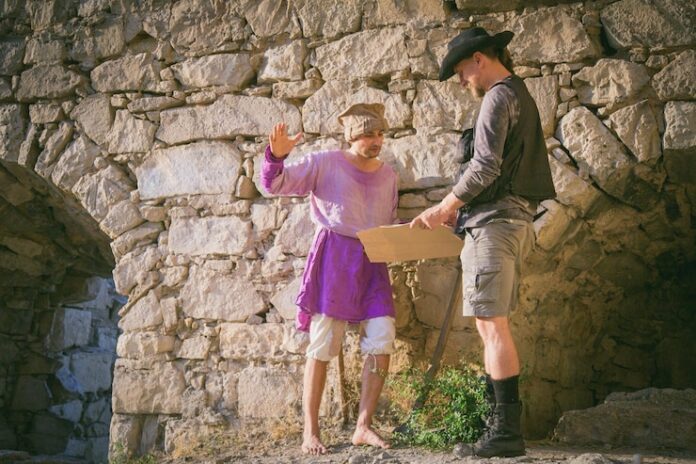Westervelt Ecological Services is renowned for its commitment to restoring natural habitats and fostering environmental stewardship. A tour of a Westervelt restoration site offers an insightful glimpse into the meticulous processes behind ecological restoration. Whether you are an environmental enthusiast, a student, or simply someone who loves nature, a Westervelt Restoration Tour will leave you inspired and better informed about the significance of habitat preservation. Here’s what you can expect during your visit.
Introduction to Ecological Restoration
The tour typically begins with an engaging overview of ecological restoration. A knowledgeable guide will explain the purpose of restoration efforts and the challenges ecosystems face due to human activities, climate change, and habitat degradation. This introduction provides context for the work Westervelt does and highlights why these projects are vital for maintaining biodiversity.
You’ll learn about the specific goals of the site you’re visiting, whether it’s wetland mitigation, stream restoration, or habitat enhancement for endangered species. This foundational knowledge sets the stage for understanding the broader implications of restoration work and the intricate balance required to sustain healthy ecosystems.
Behind-the-Scenes Look at Restoration Projects

One of the highlights of the tour is the opportunity to see restoration projects up close. The guide will take you to key areas within the site, showcasing different stages of the restoration process. For example, you might visit:
- A wetland that has been reestablished to support native plant species and provide a home for aquatic wildlife.
- A riparian zone along a restored stream, where carefully selected vegetation helps prevent erosion and supports local bird populations.
- An area where invasive species have been removed, allowing native plants to flourish.
The guide will share details about the techniques used, such as planting native species, grading the land to support hydrology, and creating habitats for specific wildlife. This segment of the tour offers a rare glimpse into the practical aspects of ecological restoration, from planning to execution.
Wildlife Observation
Restoration sites are often teeming with wildlife, making this portion of the tour particularly captivating. Depending on the location and season, you may spot:
- Birds such as herons, egrets, and songbirds thriving in newly restored habitats.
- Amphibians and reptiles in wetland areas.
- Mammals like deer and small rodents making use of the revitalized landscape.
Guides often carry binoculars and field guides to help you identify species. They’ll also explain how the restoration efforts have benefited the local fauna, drawing connections between the improved habitats and the increased presence of wildlife. This part of the tour reinforces the tangible results of restoration work, offering visitors a sense of awe and appreciation for the interconnectedness of life.
Interactive Learning Opportunities
Westervelt tours are designed to be educational, and interactive learning is a key component. You may have the chance to:
- Participate in planting native species.
- Assist in water quality testing to measure the health of aquatic habitats.
- Learn about soil sampling and its role in determining suitable vegetation.
These hands-on activities allow visitors to directly engage with restoration work, deepening their understanding of the challenges and rewards involved. Such experiences can be particularly impactful for students and young visitors, as they foster a sense of environmental responsibility and curiosity.
Expert Insights and Q&A Sessions
Throughout the tour, the guides—who are often ecologists, biologists, or restoration specialists—share their expertise and answer questions. They delve into topics like:
- The long-term monitoring and maintenance required to ensure the success of restoration projects.
- How restoration efforts contribute to broader conservation goals.
- The partnerships and collaborations that make these projects possible.
This interactive dialogue allows visitors to gain a deeper understanding of the complexities of ecological restoration and the dedication required to achieve meaningful outcomes. It’s also an opportunity to ask questions and satisfy any curiosity about the specific site or the broader field of environmental science.
Sustainable Practices and Future Goals

As the tour concludes, the guide will often discuss Westervelt’s commitment to sustainability and the organization’s vision for the future. You’ll learn about:
- How restored habitats contribute to climate resilience by sequestering carbon and managing water resources.
- Upcoming projects and initiatives aimed at expanding restoration efforts.
- Ways you can get involved, whether through volunteering, advocacy, or supporting similar projects in your community.
This forward-looking perspective leaves visitors with a sense of hope and motivation, encouraging them to take what they’ve learned and apply it in their own lives.
Frequently Asked Questions (FAQs)
- Who can attend a Westervelt Restoration Tour?
Westervelt tours are open to people of all ages and backgrounds. They are particularly popular among environmental groups, students, educators, and families looking for an educational outdoor activity. - How long does the tour typically last?
Most tours last between 2 to 3 hours, depending on the size of the site and the level of detail provided during the tour. - What should I wear and bring?
Comfortable clothing and sturdy shoes are recommended, as tours often involve walking on uneven terrain. You might also want to bring sunscreen, insect repellent, a reusable water bottle, and binoculars for wildlife observation. - Are the tours accessible for individuals with mobility challenges?
Many Westervelt sites strive to accommodate visitors with mobility challenges, but accessibility can vary by location. It’s best to contact the site in advance to discuss specific needs. - How can I schedule a tour?
Tours can be scheduled through Westervelt’s website or by contacting the organization directly. Group tours and special events may also be available upon request.
Conclusion
A Westervelt Restoration Tour is more than just a walk through nature; it’s an enlightening experience that showcases the beauty and importance of ecological restoration. From learning about restoration techniques to observing wildlife and engaging in hands-on activities, these tours provide a comprehensive understanding of how restored habitats benefit both the environment and society. Whether you’re an avid nature lover or someone new to the concept of ecological restoration, a visit to a Westervelt site is sure to leave you inspired and motivated to support conservation efforts in your own community.

